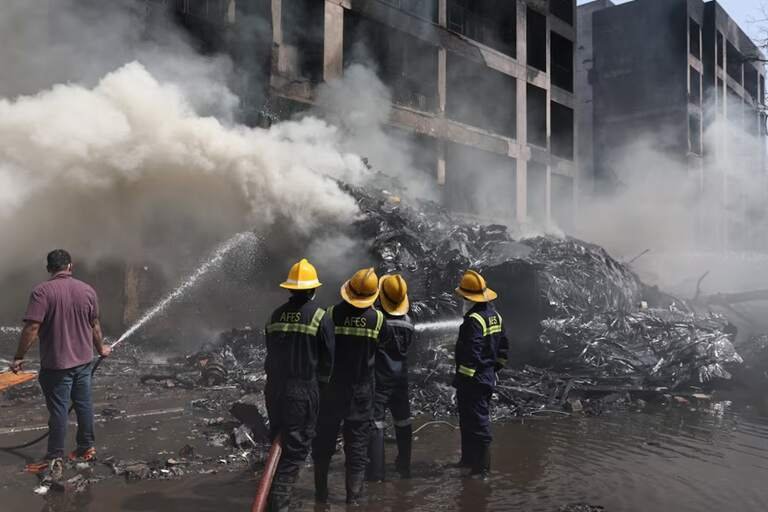A malfunctioning locking mechanism in the captain’s seat caused the tragic Air India Boeing 787 crash, which killed 270 people, according to a preliminary assessment.
The investigation discovered that the pilot’s seat moved rearward during takeoff, forcing the captain’s hands to accidentally pull the throttle levers to idle.
The plane stalled and crashed into a nearby building housing medical staff after experiencing a rapid loss of engine thrust barely seconds after takeoff.
According to the investigation, the co-pilot’s attempt to restore control was thwarted by the captain’s reclined seat.
Key cockpit data showed:
+12 seconds: Seat slides back
+15 seconds: The co-pilot shouts, “We’re losing thrust!”
+26 seconds: Aircraft stalls at 214 feet.
The 787’s throttle system lacks key safety features, including reverse-motion protection and weight-based lockouts.
The FAA and EASA have ordered urgent inspections of all Boeing 787 pilot seats.
Air India has grounded 12 planes with similar maintenance records, and Boeing has promised a seat redesign by 2026.
The crash killed passengers, crew and residents in the building, with only one survivor being a British national.










